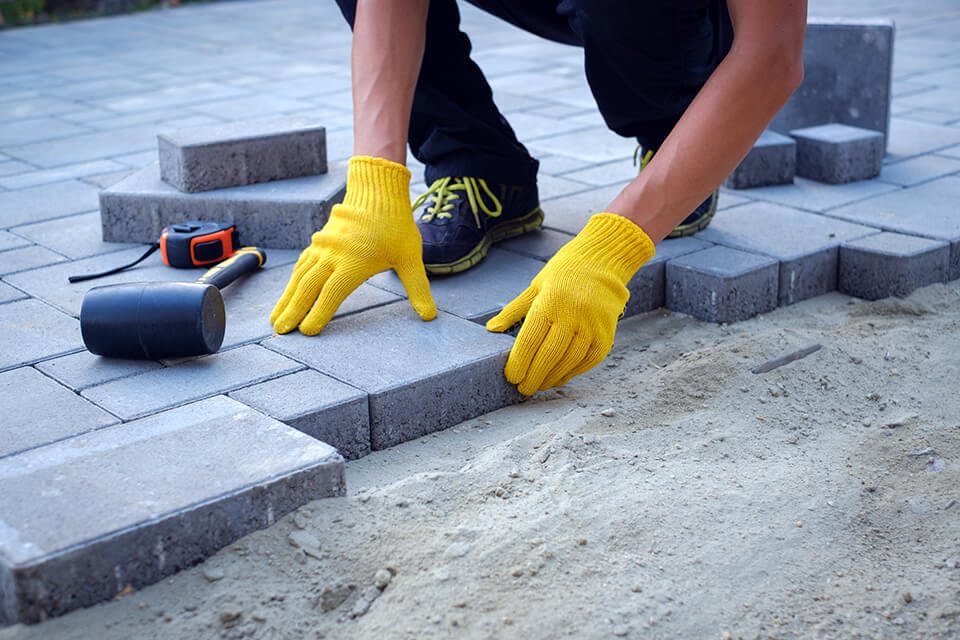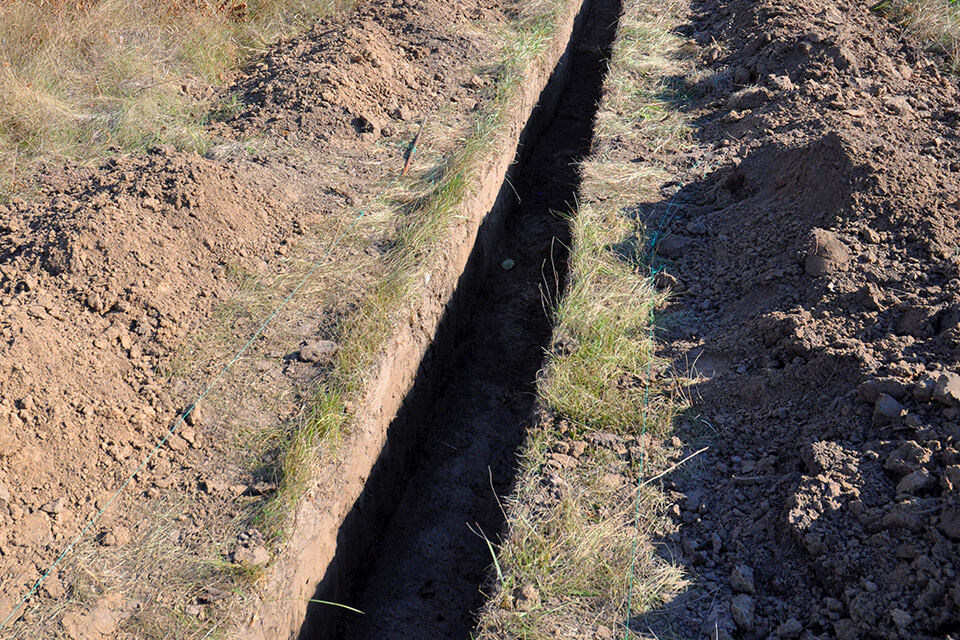Fill sand and fill dirt sound similar by name but have different uses in building and landscaping projects. Before deciding which one to use, it helps understand how they are different in terms of properties and suitable applications. To help you choose, we’ll go over what fill sand and dirt are, as well as their advantages and disadvantages.
What is Fill Sand?
Fill sand is a common material used in both residential and commercial construction projects. Just as its name suggests, it’s a substance comprised of excellent particles of rock. These particles may have broken down into sand naturally over time or may have been run through crushing machines several times. Having been sifted down to the smallest sizes, fill sand has a very high compaction rating. A slightly coarser version of it is also called PG&E sand because it’s made for utility companies such as Pacific Gas & Electric Co. to backfill trenches.
What is Fill Dirt?
Just as commonly used, fill dirt is typically sourced from the subsoil that sits at least six inches below the surface, under the topsoil. It does not contain any organic or biological components that will eventually decompose, which means it’s unlikely to shift and settle over time. After the dirt has been collected, it is sifted multiple times to remove rocks and debris. This is why it’s also called clean fill.
Pros and Cons of Fill Sand
Thanks to the nature of sand, fill sand doesn’t retain moisture and is great for promoting drainage in areas that are likely to get wet. It’s more aesthetically pleasing than fill dirt and therefore more suitable for exposed projects. However, this material doesn’t hold its shape or remain sturdy over time, so choose where to use it carefully. Stick to using fill sand around water tanks, septic tanks, ponds, and other wet areas.

Pros and Cons of Fill Dirt
Fill dirt is readily available and very affordable. Because there is no organic material to biodegrade over time, this building material packs well and is more likely to retain its shape through the years. It’s well suited for use around foundations, pipes, utilities, and landscaping projects. If you need to level out your yard or add rolling hills, fill dirt is the right material.

Both fill sand and fill dirt are commonly used in building and landscape projects. While they are interchangeable in some cases, it’s very crucial to use the right one for some other. We hope this guide helps you choose the right material for your project. If you’re looking to order some, we deliver high-quality construction and landscaping aggregates throughout southern Sask. And if you need help figuring out how much material to order, try our cubic feet to yard landscape calculator.
